Don’t Waste Your Time On These 4 Tourist Traps When These 10 Secret Getaways Exist
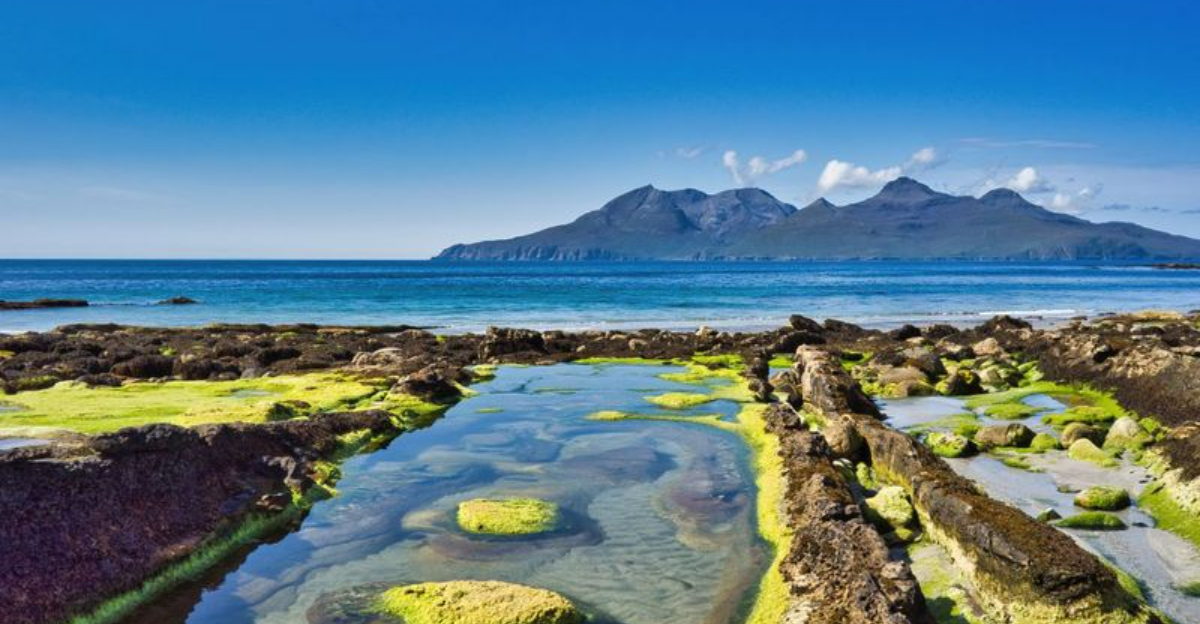
Chasing the perfect photo shouldn’t feel like a battle zone. I’ve stood in long lines, dodged selfie sticks, and ended up with shots that looked nothing like the hype. The truth is, some famous spots just don’t live up to their online glow. But the world is full of hidden gems where you can soak in the magic without the crowds breathing down your neck.
These places offer the real deal, authentic moments, stunning views, and way less stress. If you’re done with the tourist trap chaos, it’s time to explore smarter.
1. Hollywood Walk of Fame: Star-Studded Disappointment

Imagine walking miles along dirty sidewalks just to see names embedded in concrete. That’s the reality of the Hollywood Walk of Fame. The boulevard is crowded with costumed characters demanding money for photos and aggressive tour salespeople.
Most visitors leave wondering why they bothered. The surrounding area feels unsafe after dark, and nearby attractions like the Chinese Theatre are equally underwhelming. You’ll spend more time dodging street vendors than enjoying any actual Hollywood magic.
2. Venice’s Sinking Appeal
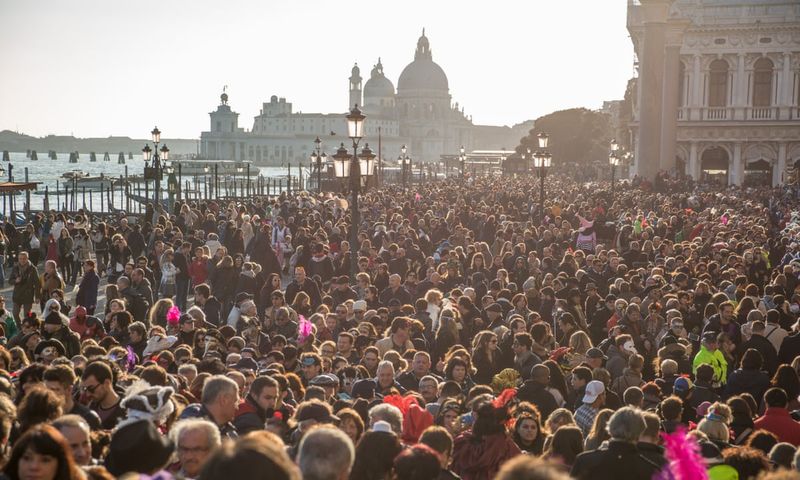
Once a magical floating city, Venice has transformed into an outdoor shopping mall plagued by cruise ships. Summer brings unbearable crowds that turn narrow alleys into human traffic jams while gondola rides now cost upwards of €80 for just 30 minutes.
Local life has nearly vanished as tourism has driven residents out. Restaurants serve overpriced, mediocre food specifically designed for tourists rather than authentic Italian cuisine. The canals, while photogenic from certain angles, often smell terrible during low tide in warmer months.
3. Times Square: Bright Lights, Big Letdown

My first visit to Times Square left me wondering why anyone would voluntarily spend time there. The famous intersection offers nothing but giant advertisements, chain restaurants you can find anywhere, and aggressive costumed characters demanding tips for photos.
Food and drinks cost three times normal prices, and you’ll constantly battle through seas of people just to cross the street. Street vendors hawk the same cheap souvenirs found in any tourist area worldwide. New Yorkers actively avoid this area, which should tell you everything you need to know.
4. Phuket’s Paradise Lost

What travel brochures don’t show about Phuket are the overcrowded beaches littered with trash and jet skis disrupting any chance of tranquility. Popular beaches like Patong have been commercialized beyond recognition, with rows of identical lounge chairs covering every inch of sand.
Water quality has deteriorated from overtourism while prices have skyrocketed compared to other Thai destinations. The infamous nightlife scene attracts a rowdy crowd that can make evenings uncomfortable for many travelers. Restaurants in tourist zones serve watered-down versions of Thai cuisine at inflated prices.
5. Isle of Eigg: Scotland’s Sustainable Paradise
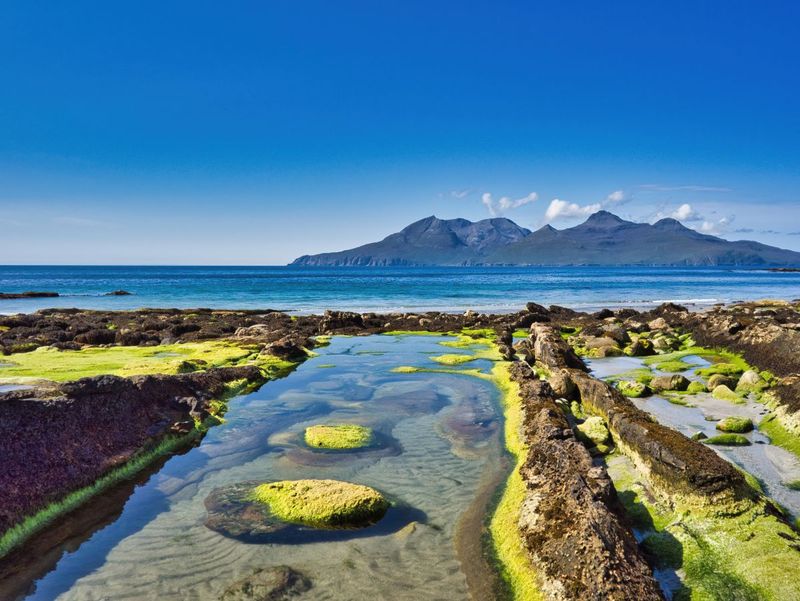
Few travelers know about this tiny Hebridean island running entirely on renewable energy. Eigg offers dramatic landscapes with pristine beaches where you might be the only visitor all day. The community-owned island limits tourist numbers, ensuring an authentic experience.
Hike up An Sgùrr for panoramic views that rival Scotland’s most famous vistas, but without another soul in sight. Locals welcome visitors at the single pub, sharing stories of island life over locally brewed beer. Wildlife spotting includes seals, eagles, and dolphins that frequent the clear coastal waters.
6. Puglia’s Whitewashed Wonder
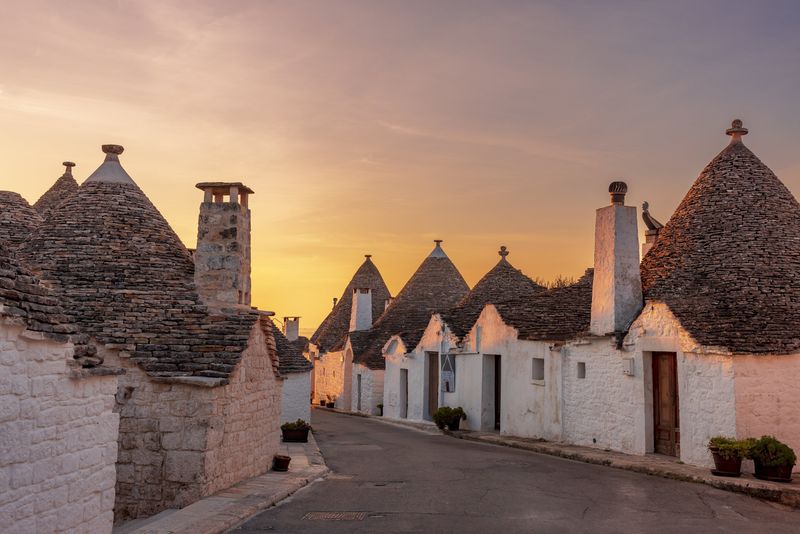
While tourists flood Venice, southern Italy’s heel remains refreshingly authentic. Puglia’s whitewashed towns like Alberobello feature unique trulli houses with conical roofs that look straight from a fairytale. Beaches along the Adriatic rival the Caribbean with crystal waters and limestone cliffs.
Food costs half what you’d pay in northern Italy, with farm-to-table being the norm rather than a trendy concept. Locals still pause for proper two-hour lunch breaks, and you’re often invited to join family meals. Olive groves containing thousand-year-old trees produce some of Italy’s finest oils, available directly from producers.
7. Tbilisi: Georgia’s Cultural Gem
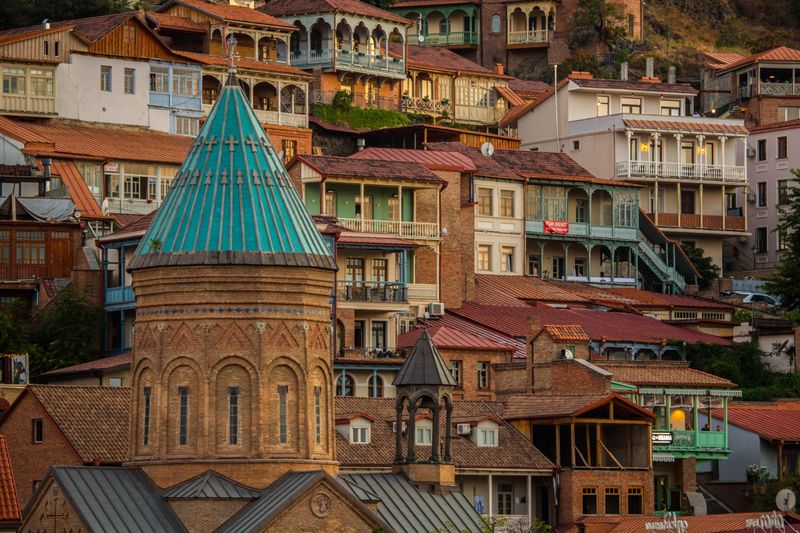
Hidden between Europe and Asia, Tbilisi offers a fascinating blend of influences at a fraction of European prices. The old town features colorful wooden balconies hanging over thermal baths where locals have soaked for centuries. You can feast on khachapuri (cheese-filled bread) and world-class wines for under $20.
Soviet architecture stands alongside medieval churches and ultra-modern structures in this city that’s constantly reinventing itself. Art cafes tucked into courtyards showcase Georgia’s thriving creative scene. Friendly locals often invite travelers home for supras (feasts) where toasts and songs continue late into the night.
8. Lofoten Islands: Arctic Paradise

Norway’s Lofoten archipelago offers everything tourists seek in Scandinavia without the crowds. Dramatic mountains plunge directly into fjords, creating perfect reflections on still waters. Red fishing cabins (rorbuer) dot shorelines where cod has been harvested for over 1,000 years.
Summer brings the midnight sun, allowing for hikes at any hour under golden light. Winter offers dark skies dancing with northern lights above snow-covered peaks. Unlike Oslo or Bergen, prices remain reasonable as tourism infrastructure remains authentically local. Freshly caught seafood appears on menus straight from the boats visible through restaurant windows.
9. Alentejo: Portugal’s Timeless Countryside
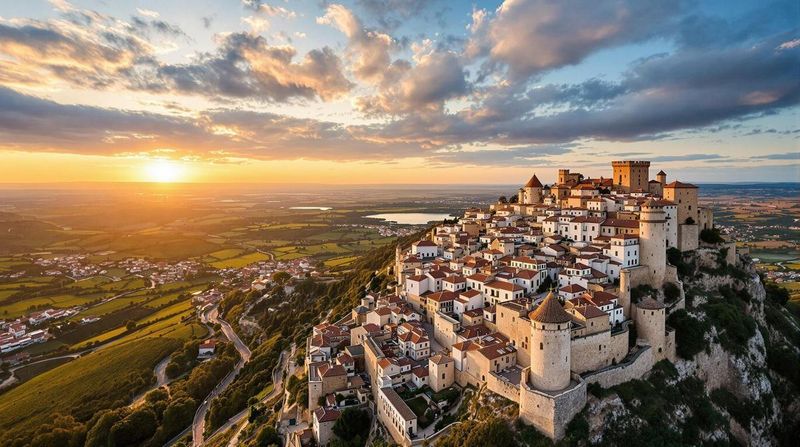
Just a short drive from overcrowded Lisbon lies Portugal’s least developed region. Alentejo’s rolling golden plains are dotted with whitewashed villages topped by medieval castles where time seems to have stopped centuries ago. Cork oak forests supply most of the world’s wine corks while providing habitat for endangered species.
Beaches along the Atlantic coast stretch for miles without development, offering perfect solitude. Family-run wineries produce exceptional bottles for a fraction of French prices. Village restaurants serve hearty slow-cooked stews in clay pots, following recipes passed through generations. Megalithic stone circles older than Stonehenge can be explored without another visitor in sight.
10. Kotor: Montenegro’s Medieval Masterpiece
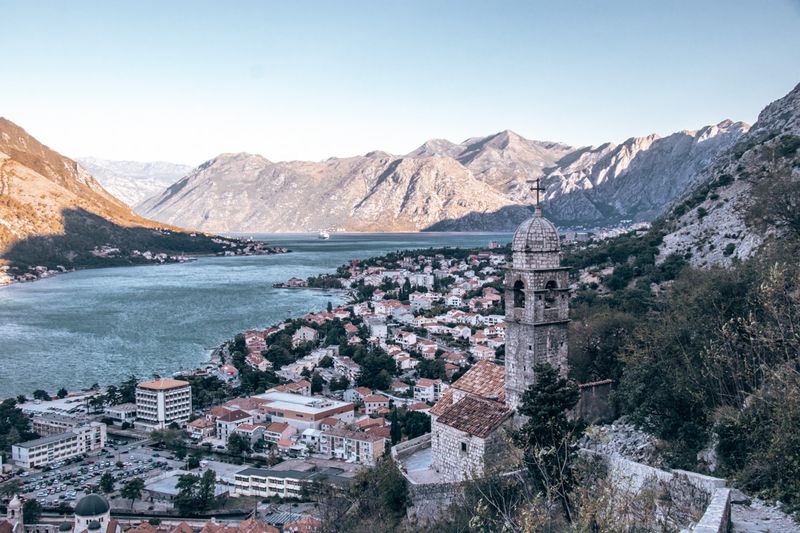
While Dubrovnik struggles under Game of Thrones tourism, neighboring Montenegro offers similar beauty with a fraction of visitors. Kotor’s walled old town sits dramatically at the end of Europe’s southernmost fjord, surrounded by mountains that seem to touch the sky. Narrow marble streets lead to hidden squares where cats outnumber tourists.
Climb the fortress walls at sunset for panoramic bay views that rival any Mediterranean postcard. Local restaurants serve fresh seafood caught that morning at prices that make Croatian restaurants seem extortionate. Nearby, abandoned villages cling to mountainsides, perfect for adventurous explorers seeking authentic Balkan history. Orthodox monasteries built into cliff faces welcome visitors without entrance fees.
11. Veliko Tarnovo: Bulgaria’s Living History
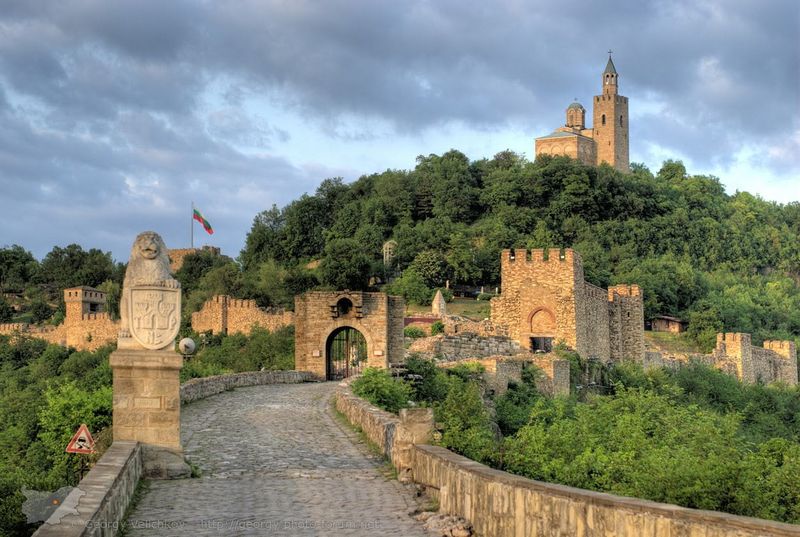
Perched dramatically on forested hillsides, this former Bulgarian capital offers living history without the tourist crowds of Prague or Budapest. Medieval fortresses and churches stand alongside Communist-era monuments, telling the complex story of Balkan history. Sound and light shows illuminate the fortress walls after dark.
Craftsmen continue traditions in workshops along cobblestone streets, creating beautiful ceramics and textiles using centuries-old techniques. University students bring youthful energy to cafes lining the Yantra River that snakes through town.
Accommodation in restored traditional houses costs a fraction of Western European prices. Nearby monasteries hidden in forested valleys preserve Orthodox Christian art dating back to medieval times.
12. Giethoorn: Holland’s Venetian Village
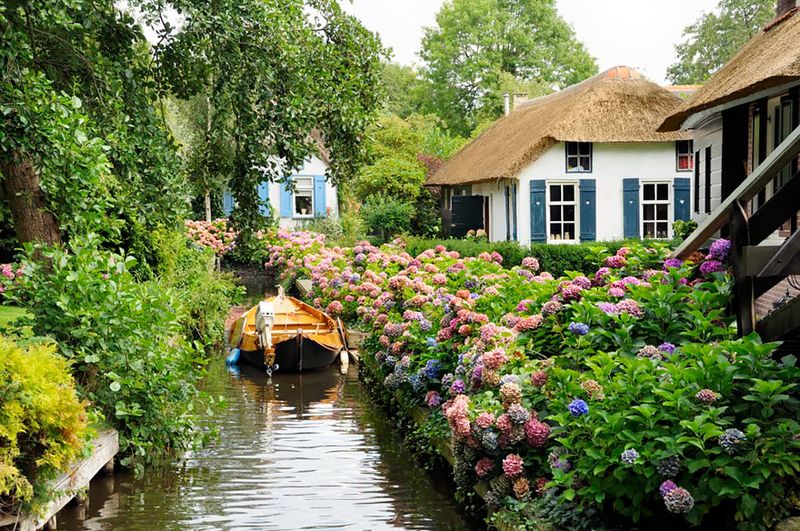
Cars are banned in this fairytale Dutch village where canals replace streets and residents travel by punt boats or bicycle. Thatched-roof cottages from the 18th century sit on private islands connected by over 170 small wooden bridges. Gardens burst with tulips and hydrangeas during spring and summer.
Unlike Amsterdam’s crowded canals, you can rent an electric boat without a license and explore at your own pace. Restaurants serve Dutch pancakes and local cheese on waterfront patios where ducks might join you for lunch.
Hiking and cycling paths wind through the surrounding Weerribben-Wieden National Park, a wetland paradise created by centuries of peat harvesting.
13. Ronda: Spain’s Clifftop Wonder
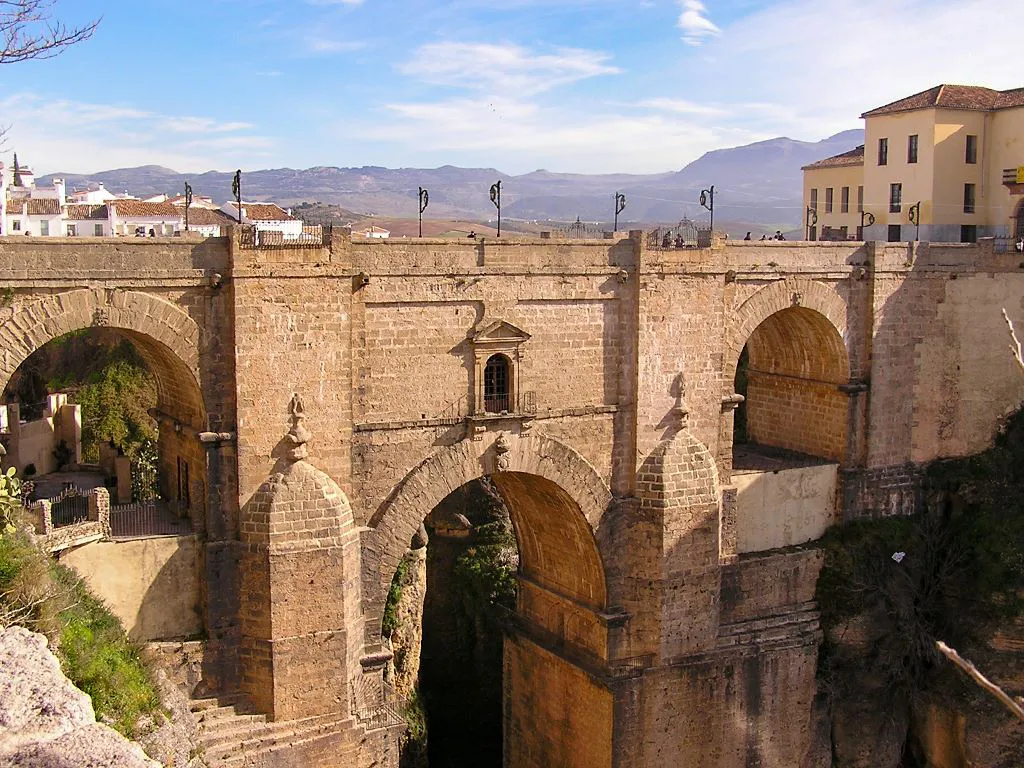
Hemingway’s favorite Spanish town sits dramatically atop a 100-meter gorge split by an ancient bridge. While tourists crowd Barcelona and Seville, Ronda offers equally stunning architecture without the masses. The 18th-century Puente Nuevo bridge spans the El Tajo gorge, connecting the old Moorish quarter with the newer part of town.
Spain’s oldest bullring tells the story of Andalusian culture through excellent museums rather than actual bullfights. Family-run tapas bars serve local wines from vineyards visible from town viewpoints.
Hiking trails lead down into the gorge, offering perspectives few visitors discover. White villages dot the surrounding mountains, each offering authentic experiences of rural Spanish life.
14. Colchagua Valley: Chile’s Wine Paradise

While tourists flock to Napa or Bordeaux, Chile’s premier wine region offers world-class vineyards without pretension or high prices. Colchagua Valley’s perfect climate produces exceptional red wines, particularly Carmenere, a grape once thought extinct. Family-owned wineries welcome visitors for intimate tastings often hosted by the winemakers themselves.
Colonial-era haciendas have been transformed into boutique hotels surrounded by vines and Andean foothills. Horse-drawn carriages still transport visitors between wineries along roads lined with palm trees.
Traditional Chilean asados (barbecues) feature locally raised beef paired with wines costing a fraction of their European equivalents. The nearby coast offers fresh seafood and Pacific beaches perfect for post-wine tasting relaxation.
